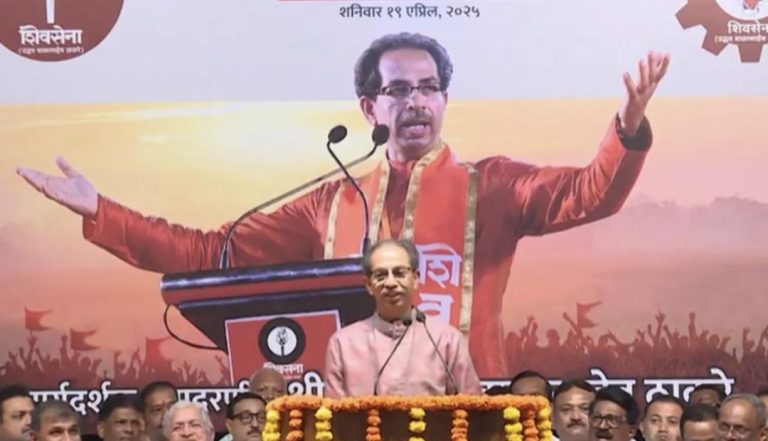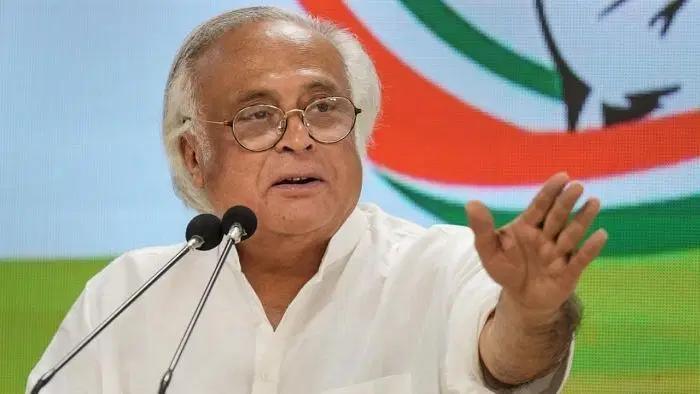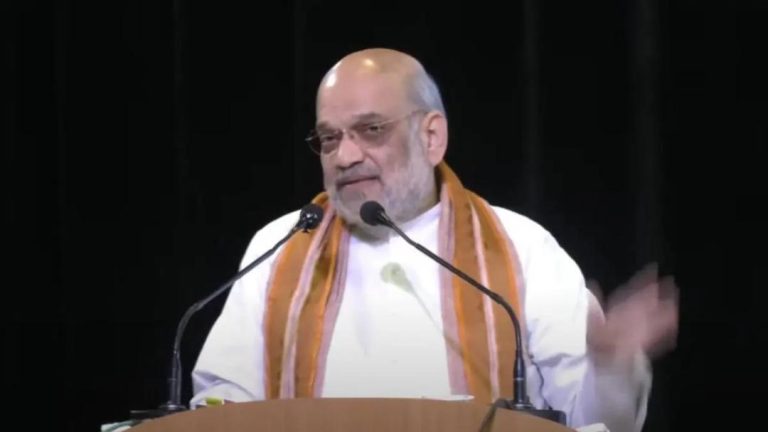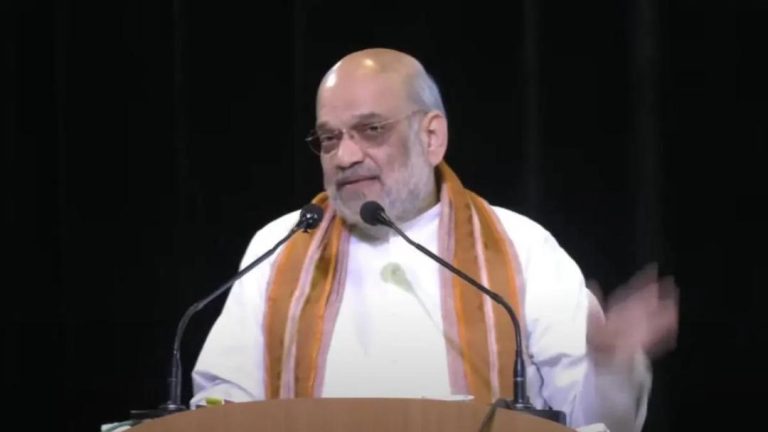
Reducing Northeast’s Distance with the Rest of India: Our Biggest Achievement, Says Shah
The Union Home Minister, Amit Shah, has highlighted the Bharatiya Janata Party’s (BJP) biggest achievement as reducing the distance between the Northeast and the rest of India. In a recent statement, Shah emphasized that the party has made significant strides in bridging the gap between the two regions, paving the way for a more integrated and connected India.
According to Shah, one of the key milestones in this endeavor is the plan to connect every capital of the Northeast with the rest of the country through train, plane, and road by 2027. This ambitious initiative aims to facilitate seamless travel and trade between the Northeast and the rest of India, thereby fostering economic growth and cultural exchange.
The Home Minister’s statement comes at a time when the Northeast has been experiencing unprecedented peace and stability. In just ten years, the region has witnessed a significant decline in violence, with the exception of Manipur. This remarkable turnaround is a testament to the BJP’s commitment to promoting peace and development in the region.
The Northeast has historically been one of the most underdeveloped regions in India, with limited connectivity and infrastructure. However, the BJP government has made concerted efforts to address these issues, investing heavily in road, rail, and air connectivity projects. The results have been impressive, with the region now boasting a more robust transportation network than ever before.
One of the most notable achievements in this regard is the development of the Bogibeel Bridge, which connects Assam and Arunachal Pradesh. This 4.8-kilometer-long rail-cum-road bridge has not only improved connectivity between the two states but also reduced travel time significantly. Similarly, the construction of the Sikkim-Tamang Lotus Bridge, which connects Sikkim and West Bengal, has opened up new trade and tourism opportunities for the region.
The Home Minister’s statement has been welcomed by the people of the Northeast, who have long felt disconnected from the rest of the country. The region’s unique cultural identity and geographical isolation have often made it challenging for people to access basic amenities and services. However, with the BJP’s efforts to improve connectivity and infrastructure, the region is now more connected than ever before.
The Northeast’s integration with the rest of India is also expected to have a significant impact on the region’s economy. With improved connectivity, businesses and industries can now tap into new markets and opportunities, creating jobs and stimulating growth. The region’s rich natural resources, including tea, oil, and natural gas, can now be exploited more effectively, attracting investment and driving development.
Furthermore, the improved connectivity is also expected to promote cultural exchange between the Northeast and the rest of India. The region’s unique cultural heritage, including its traditional music, dance, and cuisine, can now be shared with the rest of the country, promoting greater understanding and appreciation. Similarly, the region’s people can now easily access educational and healthcare facilities in other parts of the country, improving their overall quality of life.
In conclusion, Amit Shah’s statement highlighting the BJP’s achievement in reducing the distance between the Northeast and the rest of India is a testament to the party’s commitment to promoting peace, development, and integration in the region. With its efforts to improve connectivity and infrastructure, the BJP has made significant strides in bridging the gap between the two regions, paving the way for a more connected and prosperous India.






